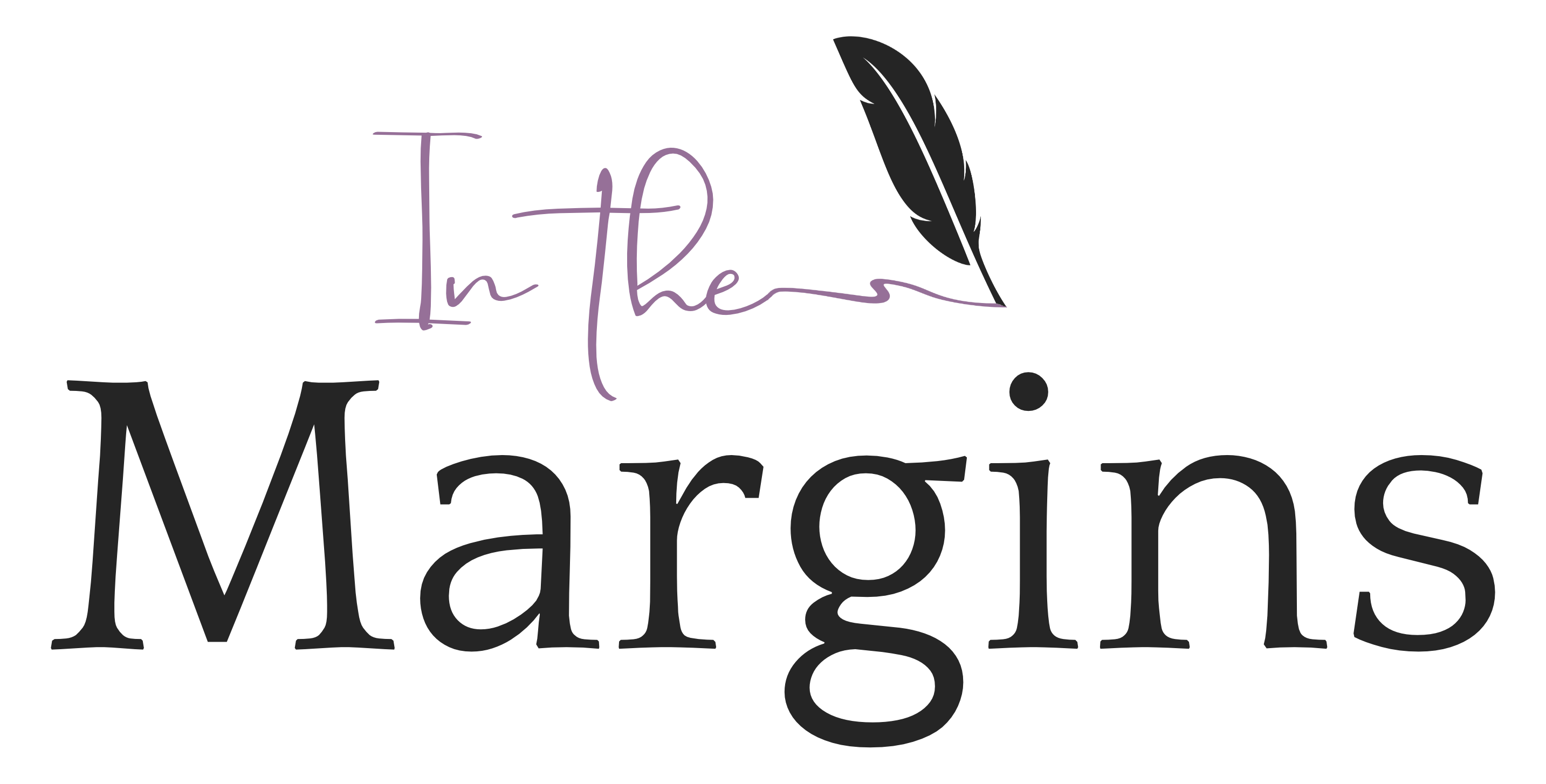I may not be one for horror, but in honor of Halloween, let’s talk about this dark genre.
Horror invites readers to confront their own fears and, often, what in (or about) the world makes them uncomfortable. Ideally, it won’t just scare; it will also get the reader to think and reflect.
But the degree to which we can do that and how we approach it will vary by the age group. Think of it this way: how many nights of sleep do you want your readers to lose? Ideally you won’t cause kids to lay awake all night, but with adults you may leave them restless for quite a while.
Let’s take a very quick look at how you can expect horror to differ based on your intended audience.
Middle-Grade (typically ages 8–12)
MG horror often deals with chilling things that are external rather than deeply psychological. It leans closer to entertainment than toward self-reflection, and so it shouldn’t hit too close to a child’s real-world fears. MG horror ropes in the supernatural (such as ghosts) and balances fear with adventure and control. The villain isn’t morally gray; they’re outright bad. The ending cannot be devastating or bleak. By the end of the book, the “horror” is resolved in a way that leaves the young reader with a sense that order has been or can be restored and they feel safer. (They don’t need to feel entirely safe; you can play with threat ambiguity levels depending on whether you’re writing for the younger or older side of the scale.) You can have some gore, but excessive violence, sexual references, and swearing are off the table.
Young Adult (typically ages 13–18+)
YA horror dips toward the psychological and real-world horrors, opening the door to themes that run deeper (and sometimes darker) than MG horror. Often paired with real challenges (coming of age, bullying, first love), YA horror, like MG, seeks some sort of redemption, hope, or feeling of safety in the end, though we can lean darker than we do with MG with the protagonist having suffered a great loss (or even failing to survive themselves). We may see more violence, profanity, and topics of sexuality (but no spice).
Adult (18+)
Adult horror will push boundaries that MG/YA cannot, meaning excessive gore, grit, violence, sexuality, and profanity are all on the table. But adult horror also dives deeper into the psychological or existential horrors, often without a hint of a happy or hopeful ending. In fact, adult horror endings can be bleak or leave the reader feeling unsettled/still fearful. Expect the text to be layered with obvious horrors, metaphorical ones, and plenty of subtext.
Wrapping Up
Just as with any other genre, horror writers need to know the expectations of their target audience. This means understanding the psychological effects you intend to have on a reader, the best way to approach those horrors, and whether or not you’re doing so in a way that’s appropriate for your reader.




